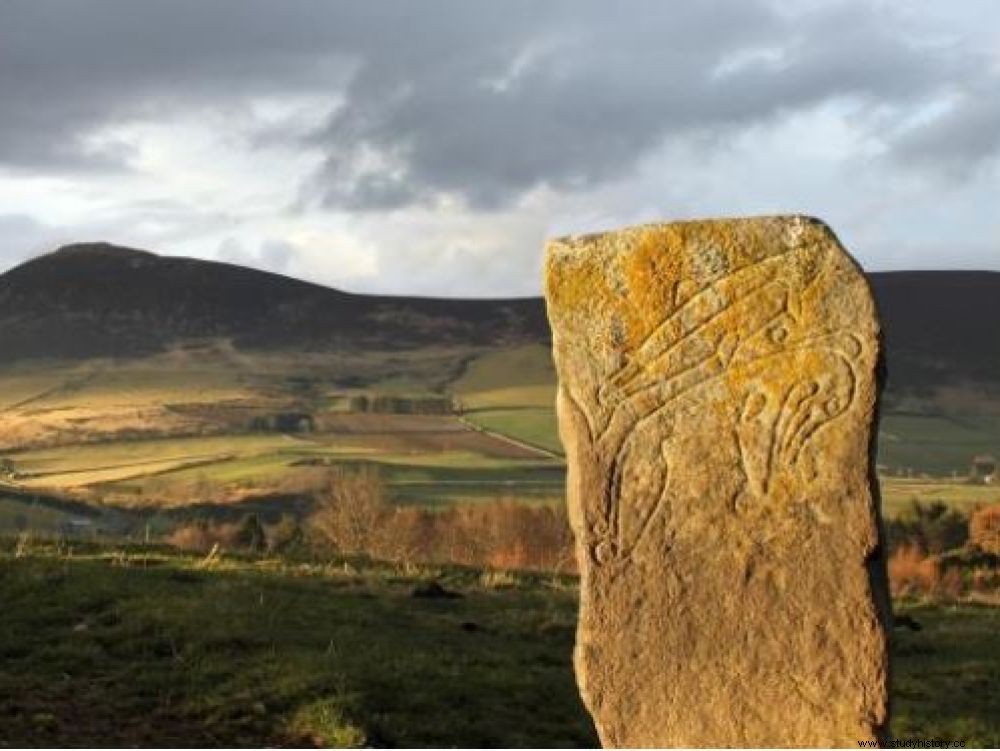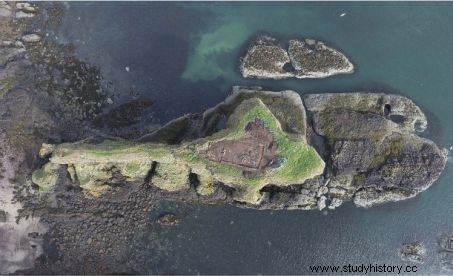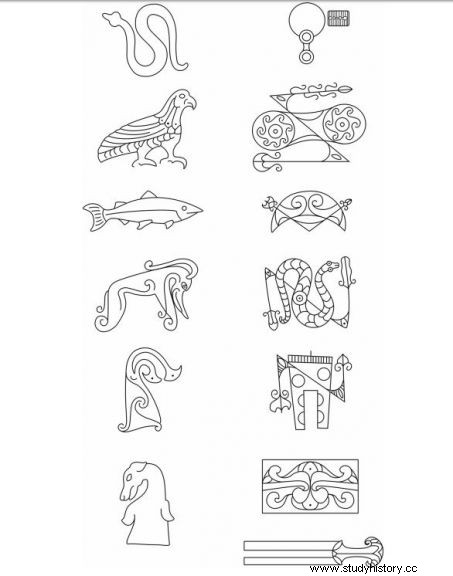At the margins of the Roman Empire, populations of Scotland known as the Picts would have developed a form of writing. Their age dates back to the 3rd century AD, according to new datings.

The Pictish Stele of Craw Stane, Rhynie, Scotland.
Painted men. The Picts have always been considered a mysterious people. The Romans who had to rub shoulders with them, without ever succeeding in defeating them, spoke of them as violent and terrifying barbarians, in particular because of the paints with which they covered their bodies. This confederation of tribes occupied the north and center of present-day Scotland between the 3rd and 8th centuries and left a mark in the Anglo-Saxon and French languages:we find the Picti (“painted, decorated, tattooed ") in the Latin root of English picture (image) as much as pictorial French. The Picts also left magnificent engraved stelae, scattered throughout the territory of Scotland. "Since the 19th century, approximately 200 of these fascinating stones have been identified “, explains the medieval historian Alban Gautier, from the University of Caen-Normandy, joined by Sciences et Avenir . Stones decorated with about thirty writing symbols that a team from the University of Aberdeen would have managed to date by the carbon 14 method, according to a recent article published in the journal Antiquity .

The Pictish fort of Dunnicaer, in the county of Aberdeen, Scotland. Credits:University of Aberdeen
Led by archaeologist Gordon Noble as part of the Northern Picts project », five fragments of sculpted slabs bearing these effigies date back to the 3rd/4th century AD, as recounted in a recent article in the magazine Antiquity . They had been collected in the embankments of the site of Dunnicaer, a Pictish fort located on a promontory south of Stonehaven, in the county of Aberdeen explored by this team.

Examples of Pictish symbols. Credits:University of Aberdeen
"That these effigies are a form of early writing, as presented by the authors of the study, is quite plausible", continues Alban Gautier, who is not involved in this work. At the same times, in fact, on other frontiers of the Roman Empire comparable phenomena developed. "Various populations have invented writing systems to record their own language ", adds the specialist. Thus at the margins of the Germanic and Scandinavian worlds, runes were used; when on the side of the Celts of Ireland, had been adopted the ogam (ogham), " two alphabets that one knows how to read ". This is not the case with the Pictish inscriptions, which are no doubt closer to memorial notations than to real texts. "They had to transcribe names in connection with individuals or events, like cartouches hieroglyphics of the ancient Egyptians" , says the historian.
After a long silence in history, it was only at the beginning of the 7th century that Irish and Anglo-Saxon authors gave more information about the Picts. They then evoke their conversion to Christianity, and the existence of kingdoms. In particular the Christian one of Fortriu, which exercised its hegemony over all of northern Britain throughout the 8th century.
Rhynie - An Archaeological Investigation from Alice Watterson on Vimeo.
